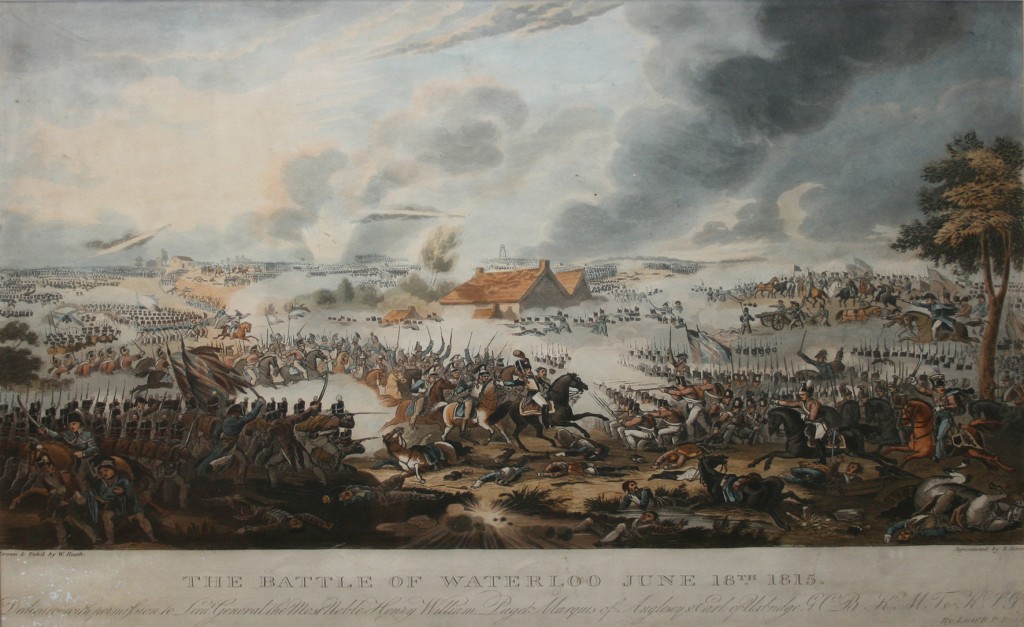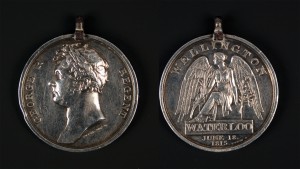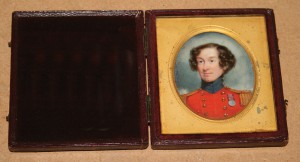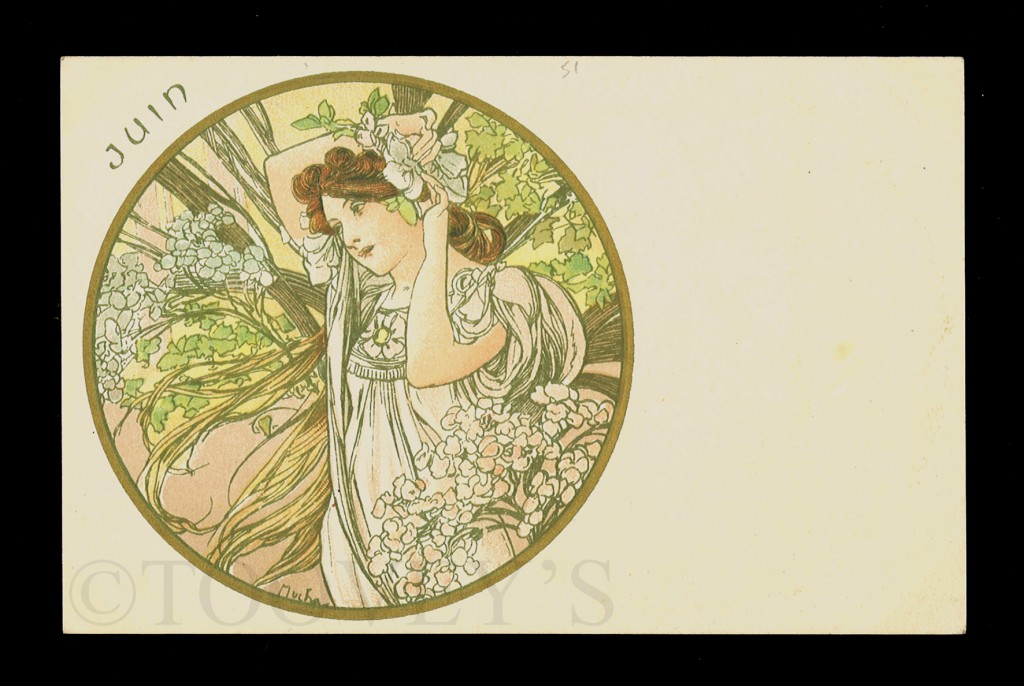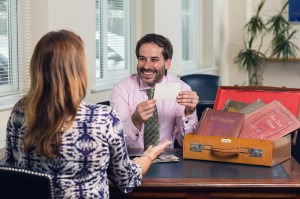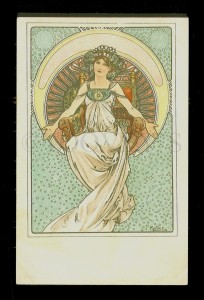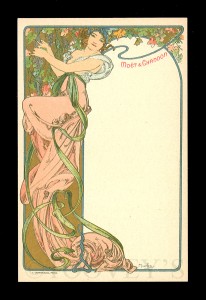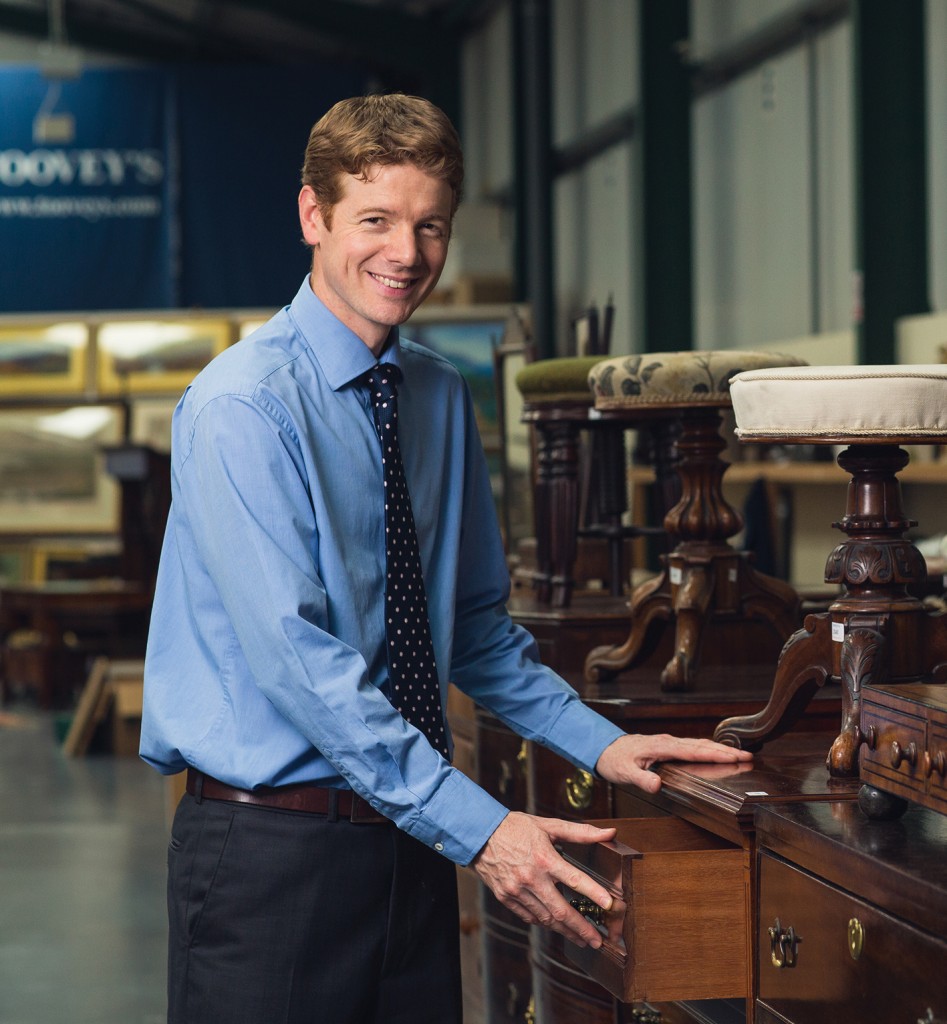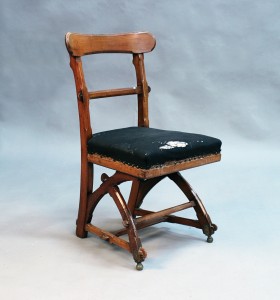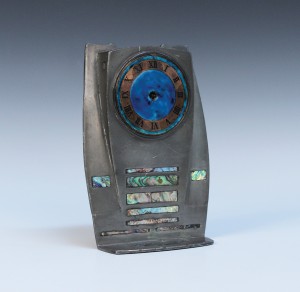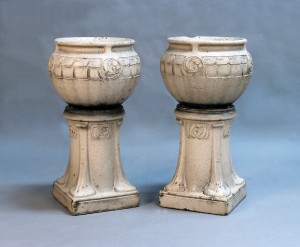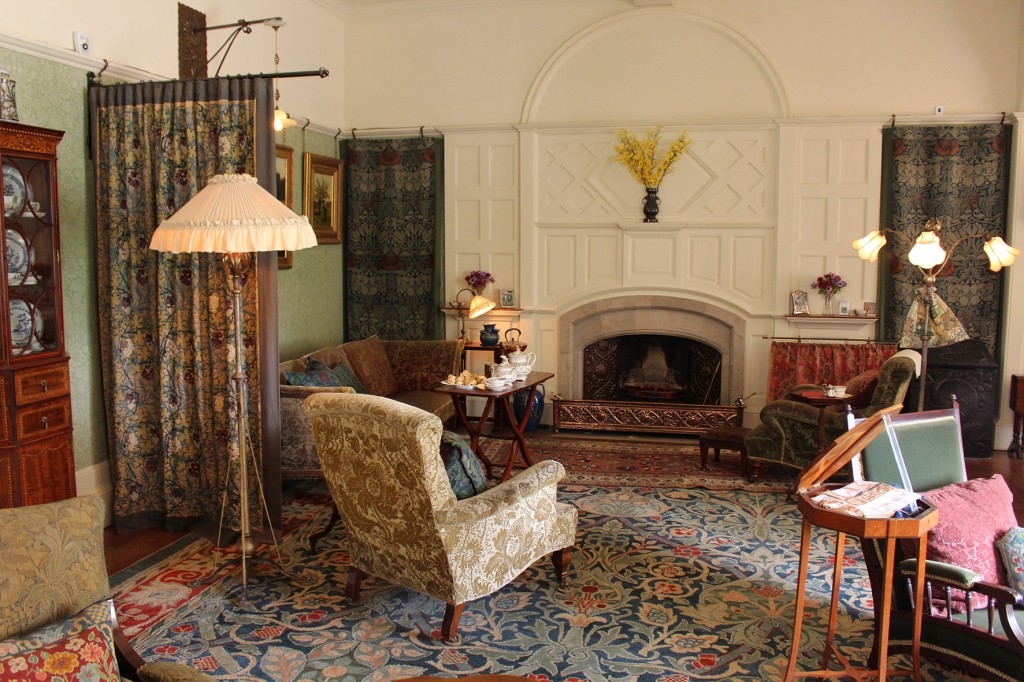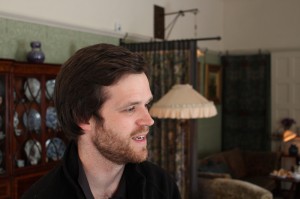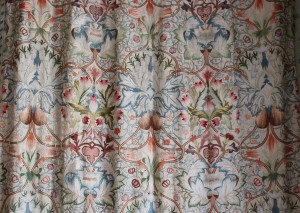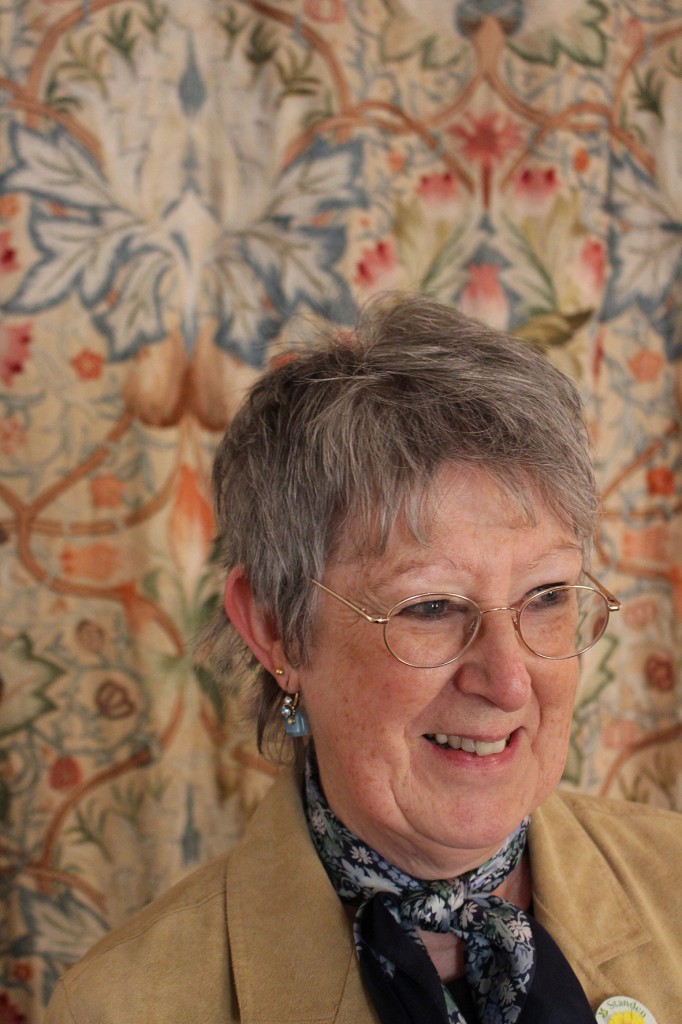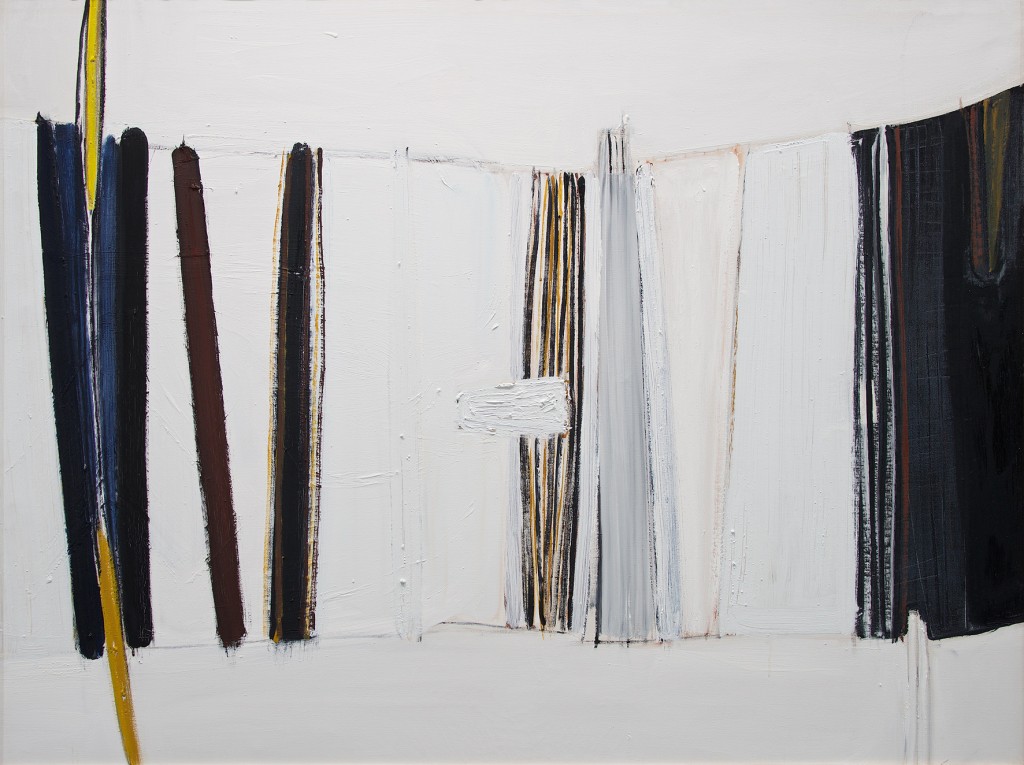
Pallant House Gallery’s latest exhibition ‘St Ives and British Modernism – The George and Ann Dannatt Collection’ celebrates these two remarkable individuals through their art collection.
The collection reflects George and Ann’s particular tastes in which they were almost always united. But the art also speaks of their friendships with the artists themselves. They stood against the sort of country house taste and way of life expressed at Charleston House for example. Their home, East End, in Cornwall, provided what has been described as an English ‘abstract aesthetic’. There was always new art to delight the visitor but it was hung and displayed so as not to be crowded. There was a quality of careful composition in the interiors, as though in a painting.
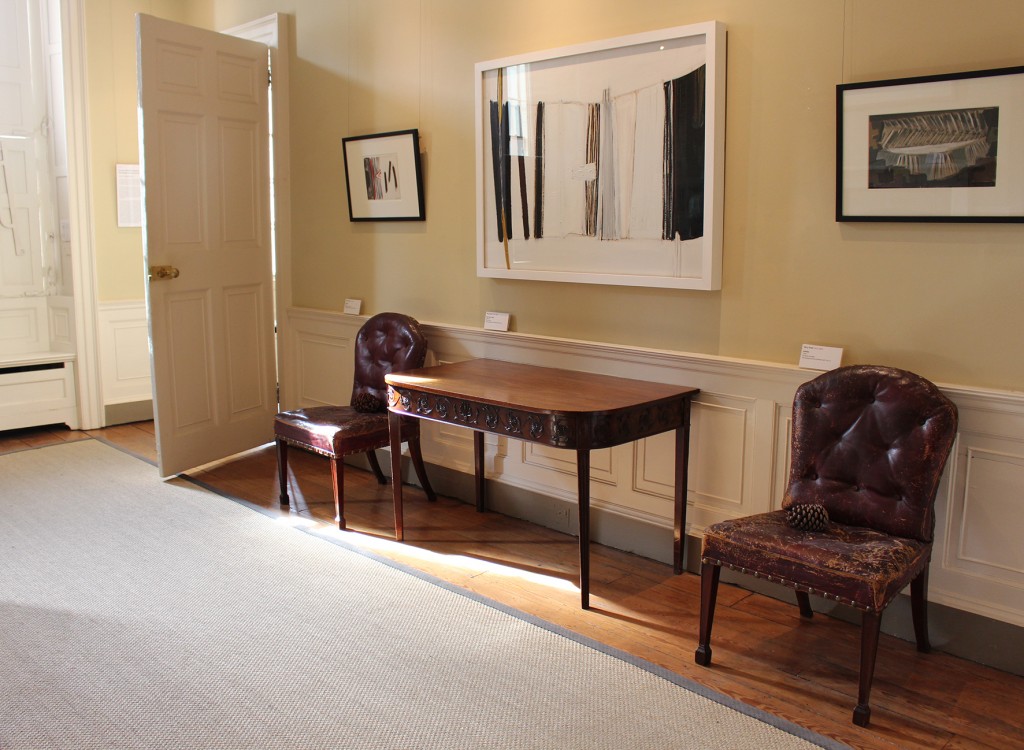
The care with which this current exhibition has been hung in the 18th century part of the galleries provides an intimate context. It allows us to understand how the composition and domestic quality of the interiors at East End informed the viewer’s engagement with the art.
Ben Nicholson and Barbara Hepworth, together with a number of others, drew many significant artists to Cornwall before the Second World War. St Ives would become a refuge for modernism in England and a beacon for a new generation of younger artists.
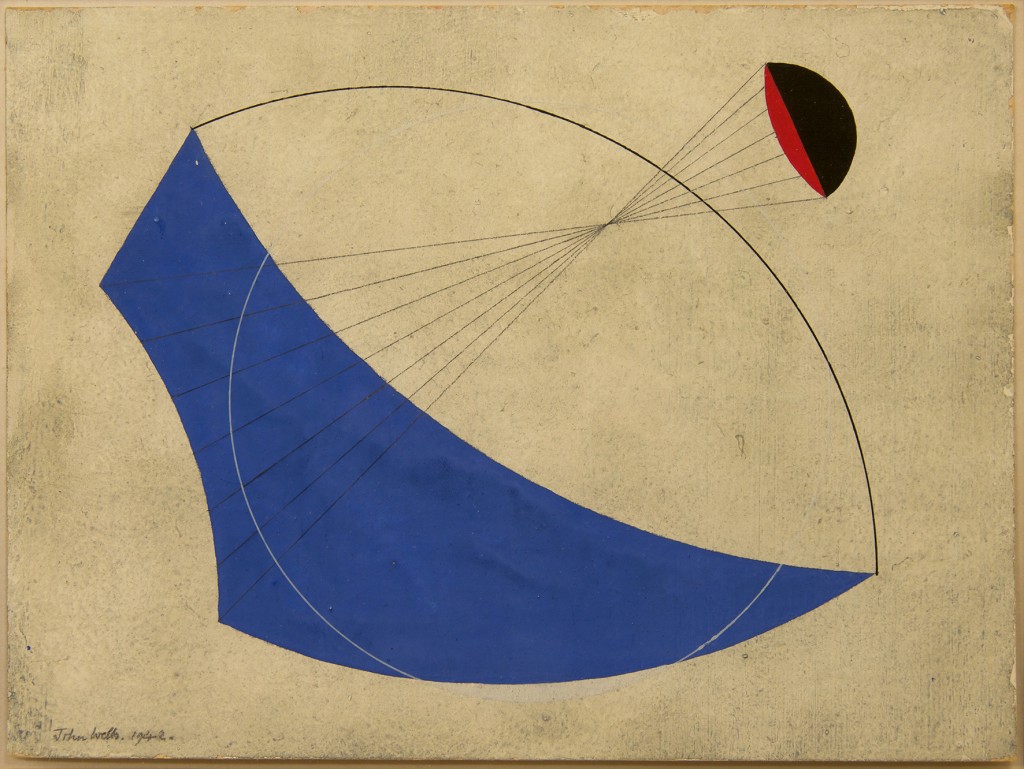
Throughout the 1950s and 1960s Barbara Hepworth dominated sculpture in St Ives. Between 1949 and 1959 Denis Mitchell assisted Hepworth. By about 1960 Mitchell’s sculptures combined Cubist geometry with converging contours, angles and mass, redolent of the landscape. His polished bronze sculptures are often vertical in form but ‘Selena’, shown in the foreground here, represents a body of work in the horizontal. It was bought by the Dannatts from the Marjorie Parr Gallery in 1969. These optimistic works responded to the predominate taste of the time for hard edged balanced forms. Taste shared by the Danatts.
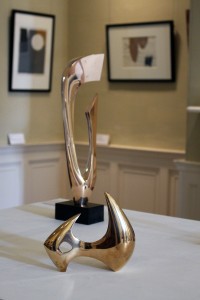
The Dannatts had met Denis Mitchell in 1963 through Terry Frost and their patronage was enormously important to the sculptor as he established himself. Terry Frost’s ‘Blue, Black, White’ from 1960-61 is evocative of St Ives. When you visit this seaside town the light which inspired artists of the 19th and 20th centuries cannot fail to speak to your heart. The light dances off the sea whilst lines of shadows, cast by scudding clouds, move swiftly and dramatically across the landscape. This wonderful oil painting on canvas captures the essence of this elemental experience. For me it is one of the highlights of the show.
From 1960 Denis Mitchell shared a studio in Newlyn with his friend, the artist, John Wells. Both where great encouragers to George Dannatt as he began to work as an artist himself. John Wells lived in Ditchling in Sussex until 1921. He studied medicine at University College Hospital, London between 1925 and 1930, attending St Martin’s School of Art in the evenings of 1928 and 1929. Like George Dannatt he pursued his artist career later in life. John Wells arrived in St Ives in 1940 from the Scilly Isles where he had been a GP. His work ‘Project of 1942’, shows an openness and sensitivity to the sensations of the landscape. Natural forms would continue to awaken textures and shapes in Wells and remain central to his work.
This fresh and exciting exhibition explores the George and Ann Dannatt Gift, one of the most significant donations Pallant House Gallery has received. It includes a body of largely unseen and newly conserved paintings, drawings, sculptures and prints by key figures associated with the St Ives Group of Artists in the 1950s, 1960s and 1970s. These include works by Terry Frost, Roger Hilton, Peter Lanyon, Ben Nicholson, Wilhelmina Barns-Graham, Denis Mitchell, John Wells and John Tunnard.
‘St Ives and British Modernism – The George and Ann Dannatt Collection’ runs until 20th September 2015 at Pallant House Gallery, 9 North Pallant, Chichester, PO19 1TJ. For more information go to www.pallant.org.uk or telephone 01243 774557.
By Revd. Rupert Toovey. Originally published on 24th June 2015 in the West Sussex Gazette.
